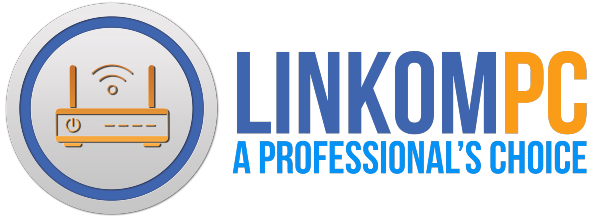What is a SFP Transceiver?
SFP stands for Small Form-factor Pluggable transceiver. It is a pluggable version of SFF.
SFP are governed by multisource agreements (MSA) from some main network component vendors such as Agilent, IBM, Lucent, Siemens, Infineon, AMP/Tyco, and others.
The device has 10 I/O connections at the rear of the package. This device interfaces a network device mother board (such as a switch, router, media converter, and others) to a fiber optic or copper networking cable.
SFP transceivers are used for telecommunications and data communications. And they support SDH/SONET, Gigabit Ethernet, Fibre Channel, etc.
Benefits
Since it is pluggable, this makes it possible to change the optical interface at the last step of card manufacturing.
It is also possible to accommodate different connector interfaces or a mix of SX and LX SFP.
A SFP cage is surface mounted to the PCB board to accept the transceiver. This not only provides easy replacement and reconfiguration, but also eliminates extra manufacturing steps and reduces cost.
Since the optical component is removed from soldering process, SFP transceivers have high optical reliability and permits the use of higher soldering temperatures.
SFP Types
SFP transceivers are available for both single mode fiber and multimode fiber. They are configured with 850nm VCSEL laser on 550m multimode fiber (SX), 1310nm laser over 10km single mode fiber (LX), 1550nm laser over 40km (XD), 80km (ZX), 120km (EX or EZX) single mode fiber and DWDM transceivers.
The industry has recently developed enhancements to the SFP MSA, known as SFP Plus (SFP +), which is designed for higher data rates, lower cost and better thermal performance.
SFP+ can support 8.5Gbit/s and 10.52Gbit/s Fibre Channel, 10Gbit/s Ethernet (10GBase SR, LR, and LRM), SONET OC-192 (9.95Gbit/s), and G.709 “OTU-2” (10.7 Gbit/s).


